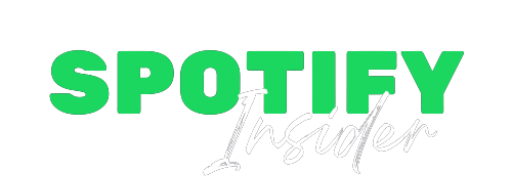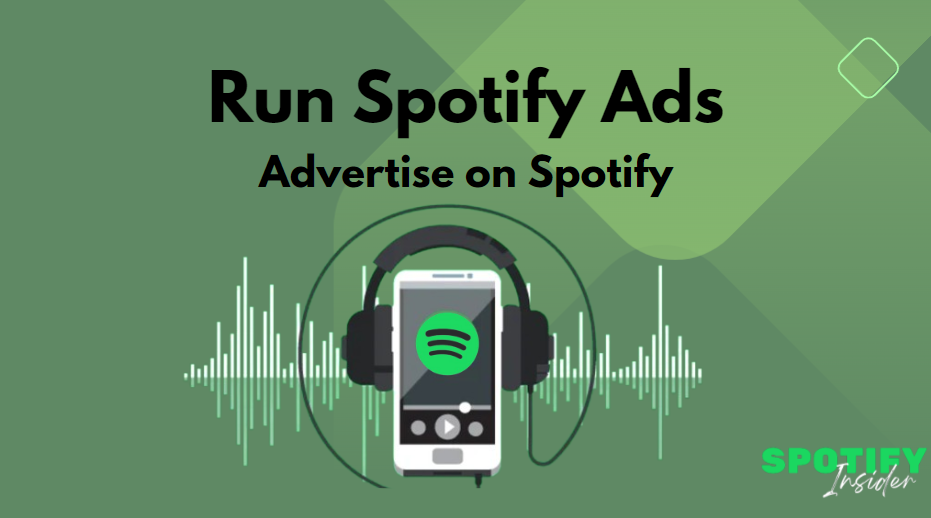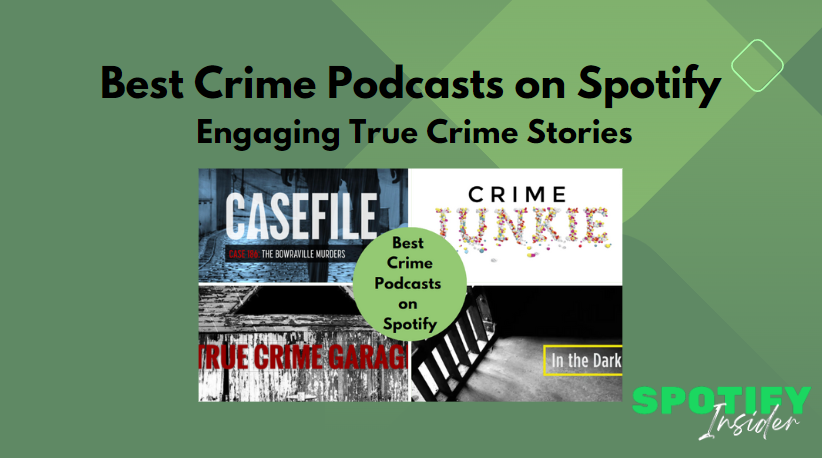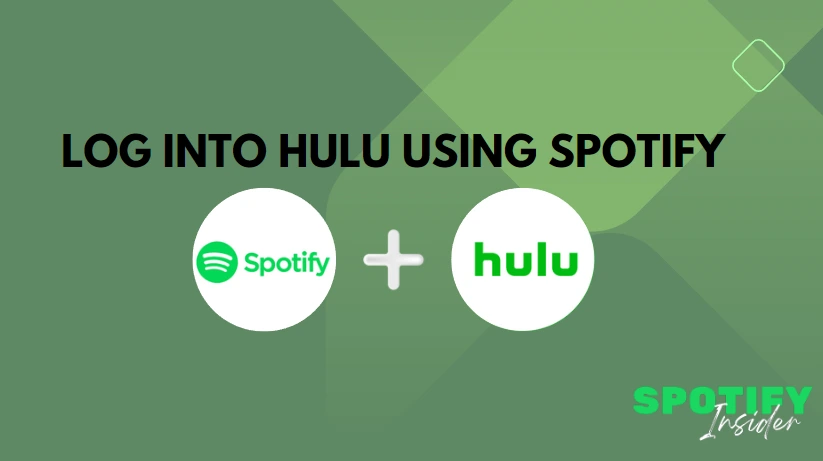As the digital advertise on Spotify landscape continues to evolve, marketers are constantly seeking new and innovative ways to reach their target audiences. One platform that has gained significant traction in recent years is Spotify, the popular audio streaming service. In this article, we will explore the world of Spotify ads and how they can be leveraged to unlock the power of audio advertising.
Spotify Ads, both in video and audio formats, dominate the free version of Spotify, seamlessly integrating between songs, podcasts, and playlists. The platform offers diverse ad experiences, including “Custom Experiences,” such as Homepage Takeovers, providing a visually and audibly immersive advertising encounter.
The Rise of Spotify
Once an underdog, Spotify now commands a 34% market share, outshining competitors like Apple Music and Amazon Music. With a user base of 345 million, Spotify Ads have become a potent tool for businesses seeking to make a significant impact.
Buying Options for Spotify Ads
1. Ad Studio
Spotify Ads can be purchased directly through Ad Studio, akin to platforms like Google Ads and Facebook Ads Manager. The process involves an auction mechanism, and Spotify representatives collaborate to determine buy details and rates.
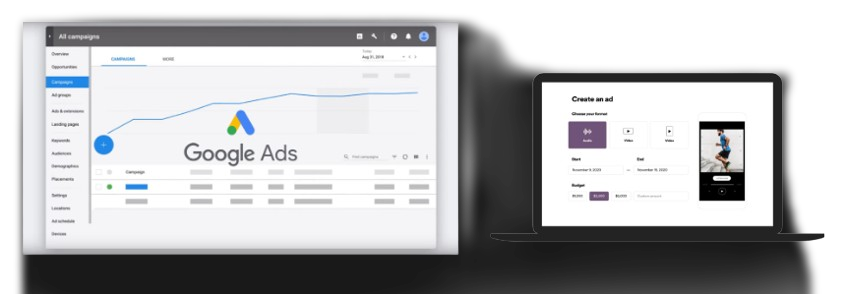
2. Demand Side Platforms (DSPs)
Utilizing DSPs like Facebook Ads Manager and Google Ads, advertisers can programmatically buy Spotify Ads. This method employs a similar auction process, with Spotify representatives assisting in setting up buy details. Custom Experiences, however, necessitate direct collaboration with Spotify.
Types of Spotify Ads
1. Audio Ads
Unskippable audio ads, strategically placed between songs, offer advertisers a captive audience. Leveraging user insights, Spotify allows precise targeting, enhancing the impact of ads by aligning them with the user’s moment or setting.
2. Video Ads (Vertical/Horizontal)
Ranging from 15 to 30 seconds, video ads include takeovers and sponsored sessions, the latter providing 30 minutes of ad-free listening in exchange for watching a video. Both ensure visibility as they only play when the user’s screen is actively engaged.
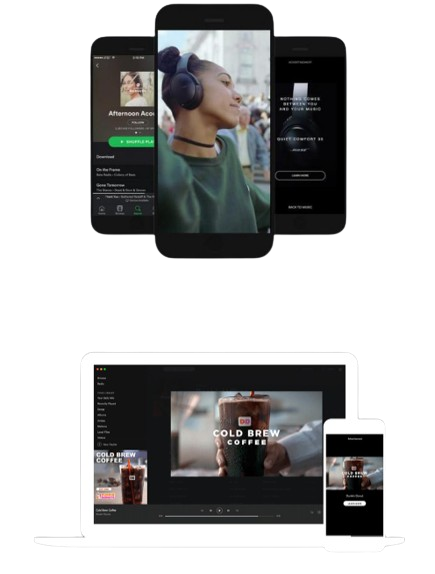
3. Podcast Ads
Advertisers can choose between Spotify Audience Network and Title-by-Title buying for podcast ads. The former offers broad targeting, reaching users both on and off Spotify, while the latter involves collaborative efforts with the Spotify team for exclusive podcasts.
Spotify Ads: Key Insights
1. Cost
Spotify Ads are no longer exclusive to big brands. With a self-service Ads Studio, the entry cost is as low as $250, allowing smaller businesses to tap into the platform’s advertising potential.
2. Ad Types
From Sponsored Sessions to Video Takeovers and Homepage Takeovers, Spotify provides a range of ad types catering to diverse advertising needs.
3. Why Spotify?
- Drive Revenue: Spotify Ads create brand awareness efficiently.
- Ad Creation Support: Spotify offers resources, including voice-over actors and music, to help advertisers create compelling ads.
- Engaged Listeners: Users spend an average of 140 minutes daily on the platform, offering a highly engaged audience.
Setting Up a Spotify Ad Campaign
1. Create Account
- Register on Spotify Ads Studio, providing essential information about yourself and your business.
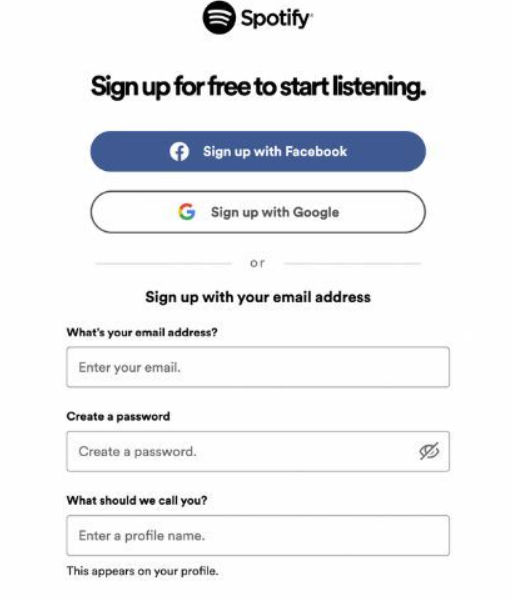
2. Set Budget, Objectives, and Schedule
- Name your campaign, select objectives, and set a budget. Choose ad format and platform.
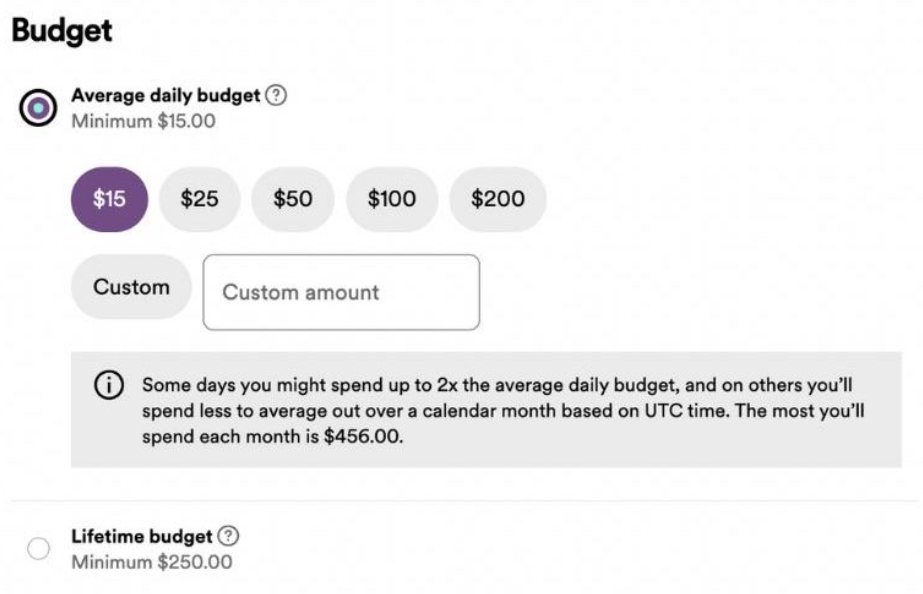
3. Define Target Audience
- Utilize Spotify’s extensive targeting options based on demographics, interests, and more.
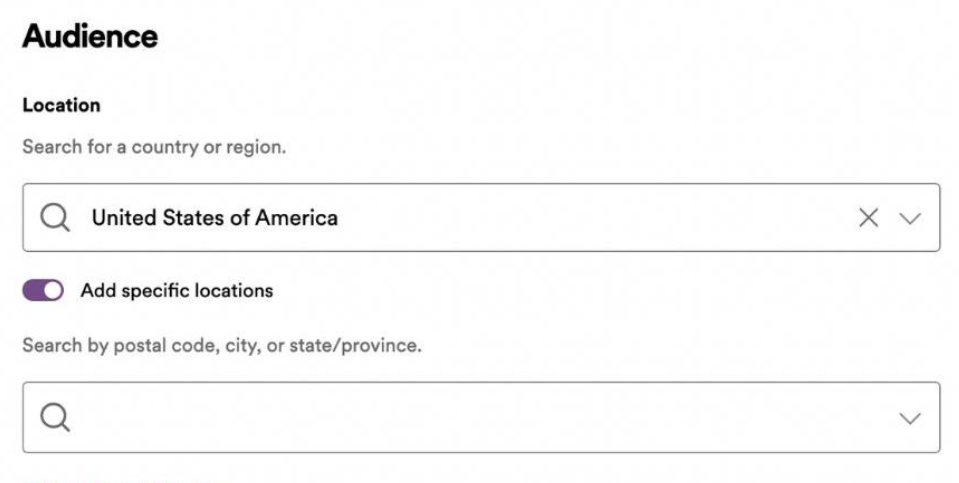
4. Create Your Ad
- Upload video or image, add a call-to-action, and preview the ad on mobile and desktop.
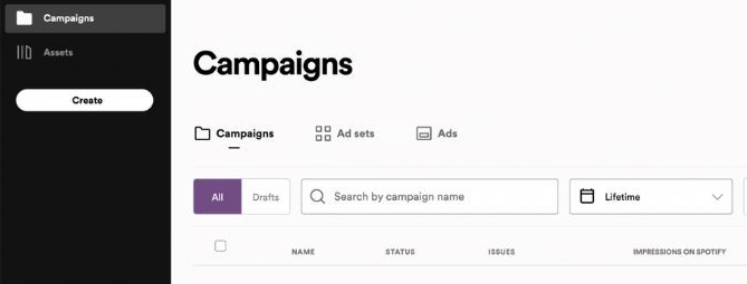
5. Monitor Ad Success
- Regularly check analytics to track data and refine your ad strategy.
Measuring Spotify Advertising Success
Apart from Spotify’s analytics, third-party measurement partners offer real-time insights, helping refine ad strategies for optimal results.
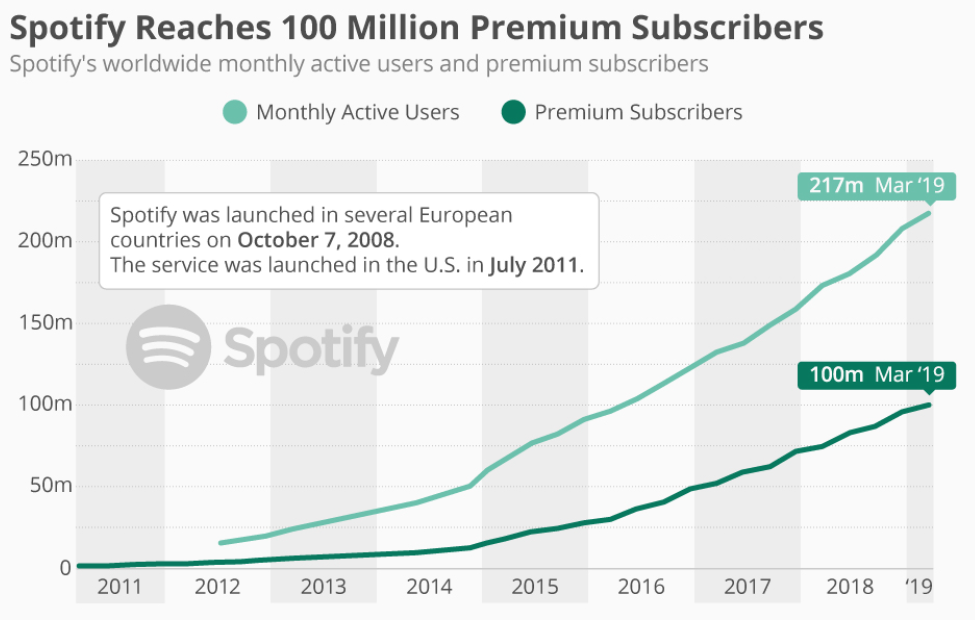
Real-life Spotify Advertising Examples
1. Gymshark (Health and wellness)
In early 2021, fitness apparel brand Gymshark released its fitness app Gymshark Training. To promote the new app, Gymshark launched a Spotify advertising campaign. The campaign included a series of custom playlists designed to motivate listeners during their workouts, as well as paid Spotify ads.
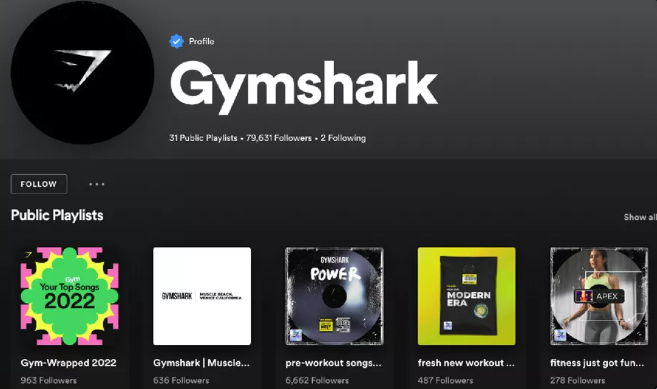
2. easyJet (Travel)
In the summer of 2022, European airline easyJet launched its Listen & Book campaign on Spotify. Ads directed Spotify listeners to a dedicated campaign website where users could opt to have their Spotify listening habits analyzed to suggest the ideal summer holiday and get a custom playlist. After getting matched to a travel profile, users could share their results, listen to the custom playlist, and/or book a flight to one of three recommended destinations directly through easyJet.
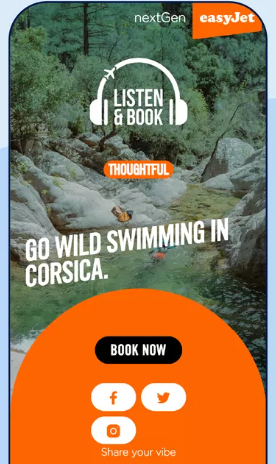
3. Getir (Grocery)
Grocery delivery app Getir launched a Spotify advertising campaign in the U.K. challenging listeners to place a grocery order for delivery before the next ad break. To facilitate the needs of this campaign, Getir leveraged Spotify’s Sponsored Session format. This ensured that after Getir’s initial video ad, the next ad would not play until 30 minutes had passed, allowing time for the grocery delivery.
Expanding on Spotify Advertising Success
Leveraging Third-Party Measurement Partners
Collaborating with approved third-party measurement partners enhances the evaluation of Spotify ad performance. These partners provide real-time insights, allowing advertisers to make data-driven adjustments to their ads or ad sets for optimal impact.
Ad Studio Results and Analytics
If utilising Spotify’s Ad Studio, results are visible on the dashboard within 24 hours. Metrics include reach, frequency, and audience insights. The report tab provides a comprehensive summary of delivery, performance, and valuable audience insights.
Spotify’s Custom Measurement Solutions
For those managing campaigns directly through Spotify, the platform offers custom measurement solutions in partnership with third-party platforms. This facilitates measurement of viewability and brand lift, providing a deeper understanding of the impact and effectiveness of your ads.
Real-Life Spotify Advertising Success Stories
Salesforce’s Multi-Format Campaign
Salesforce strategically ran multi-format campaigns, combining audio, display, and video takeover across relevant playlists and podcasts. The results were impressive, with notable increases in brand affinity (+10%), consideration (+11%), and unaided recall (+30%) among business decision-makers.
Neutrogena’s Data-Driven Campaign
Neutrogena employed Spotify’s first and third-party data to target health and beauty consumers for their anti-acne product line. The campaign achieved a remarkable 12-point increase in brand awareness and a substantial 13-point increase in intent to purchase the advertised products.
Spotify Advertising: A Versatile and Powerful Tool
Driving Brand Awareness and Revenue
Advertising on Spotify serves not only to drive revenue but also to increase brand awareness effectively. The platform’s diverse ad formats, coupled with engaged users, make it a valuable channel for promoting products and services.
Spotify’s Support for Ad Creation
Spotify goes beyond offering advertising space; it provides a suite of resources to support ad creation. From free services like voice-over actors, scripts, and background music to options for selecting business types and goals, Spotify is committed to helping advertisers create compelling and effective ads.
Engaging an Already Tuned-In Audience
What sets Spotify apart from other advertising platforms is the engaged nature of its audience. Users are actively listening and, even during ads, maintain a level of engagement. The platform’s robust targeting demographics further ensure that ads reach a receptive audience, increasing the likelihood of emotional engagement.
Extended User Engagement on Spotify
With users spending an average of 140 minutes per day on Spotify, it solidifies its position as one of the top 10 most popular apps globally. This extended engagement provides advertisers with a unique opportunity to connect with their audience consistently over time.
Conclusion
As you step into the realm of Spotify advertising, remember that perfection is not the goal. What matters most is putting your brand out there, increasing awareness, and adapting your strategy based on the valuable insights gathered from Spotify’s analytics. Embrace the power of Spotify Ads and connect with your audience in a way that transcends traditional advertising boundaries.
FAQs
1. How can I purchase Spotify Ads?
Ans. Spotify Ads can be purchased directly through Ad Studio, similar to platforms like Google Ads and Facebook Ads Manager. Alternatively, advertisers can use Demand Side Platforms (DSPs) such as Facebook Ads Manager and Google Ads for programmatic buying.
2. What types of Spotify Ads are available?
Ans. Spotify offers Audio Ads, Video Ads (Vertical/Horizontal), and Podcast Ads. Each type caters to different advertising needs, providing options for unskippable audio ads, video takeovers, and podcast promotions.
3. What sets Spotify apart from other advertising platforms?
Ans. Spotify stands out due to its engaged user base, extensive targeting options, and diverse ad formats. With users spending an average of 140 minutes daily on the platform, advertisers can connect with a receptive audience in various ways.
4. What is the cost of advertising on Spotify?
Ans. Spotify Ads are accessible to businesses of all sizes. With a self-service Ads Studio, the entry cost is as low as $250. This democratizes the platform, allowing smaller businesses to tap into its advertising potential.
5. Can I measure the success of my Spotify Ads campaign?
Ans. Yes, Spotify provides analytics on the Ad Studio dashboard within 24 hours. Metrics include reach, frequency, and audience insights. Additionally, collaborating with third-party measurement partners enhances the evaluation of ad performance.
